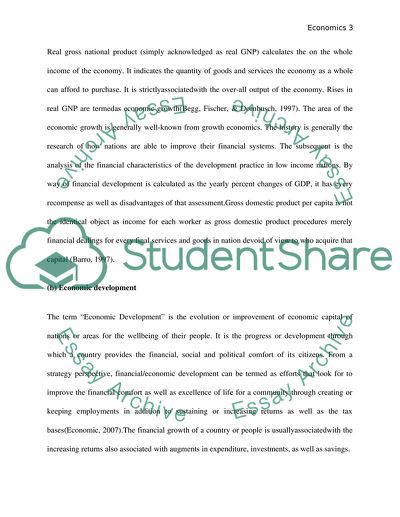Cite this document
(Human Development in Poor Countries Dissertation, n.d.)
Human Development in Poor Countries Dissertation. Retrieved from https://studentshare.org/social-science/1725004-economics-and-institution-for-development
Human Development in Poor Countries Dissertation. Retrieved from https://studentshare.org/social-science/1725004-economics-and-institution-for-development
(Human Development in Poor Countries Dissertation)
Human Development in Poor Countries Dissertation. https://studentshare.org/social-science/1725004-economics-and-institution-for-development.
Human Development in Poor Countries Dissertation. https://studentshare.org/social-science/1725004-economics-and-institution-for-development.
“Human Development in Poor Countries Dissertation”, n.d. https://studentshare.org/social-science/1725004-economics-and-institution-for-development.


